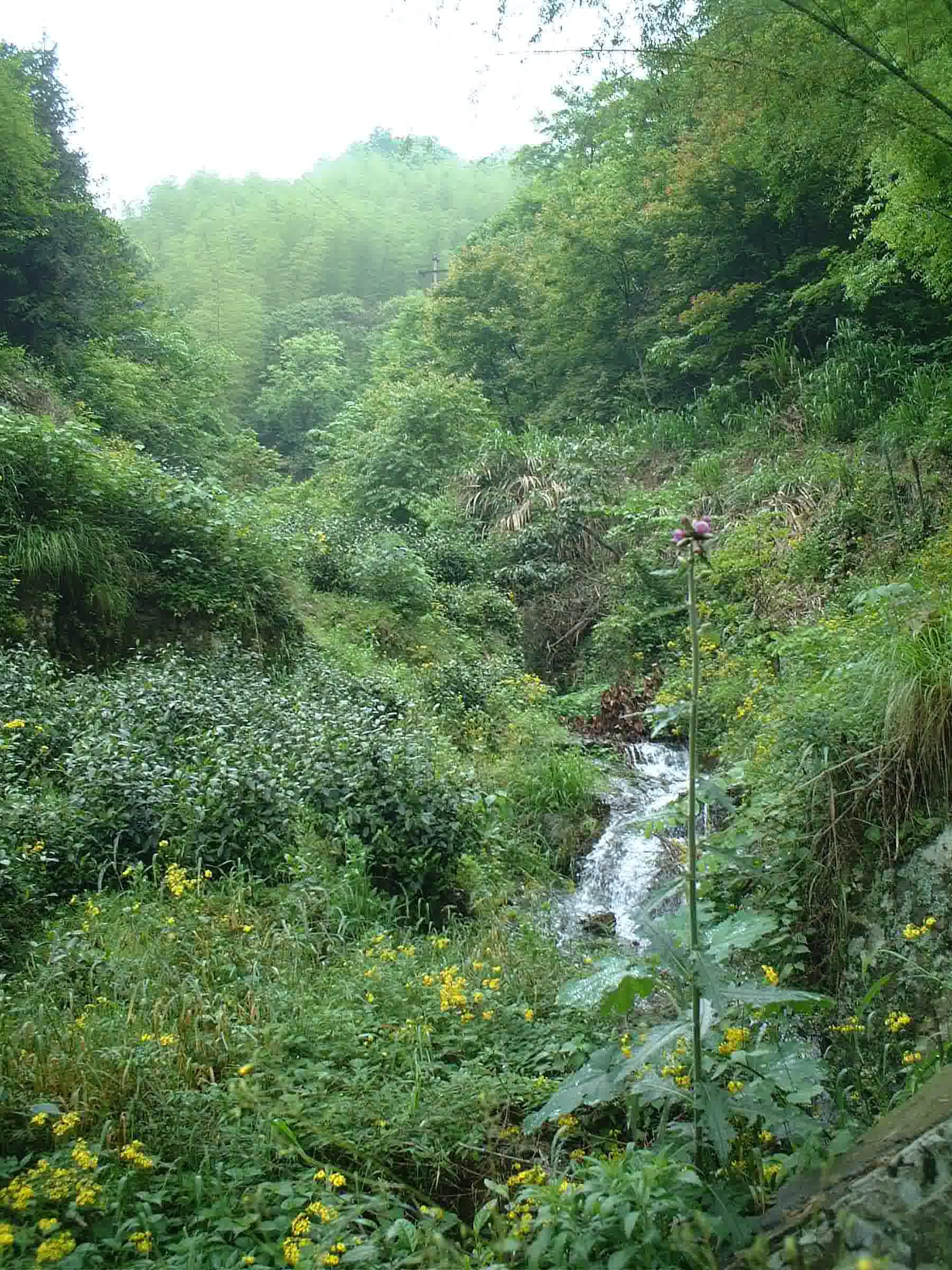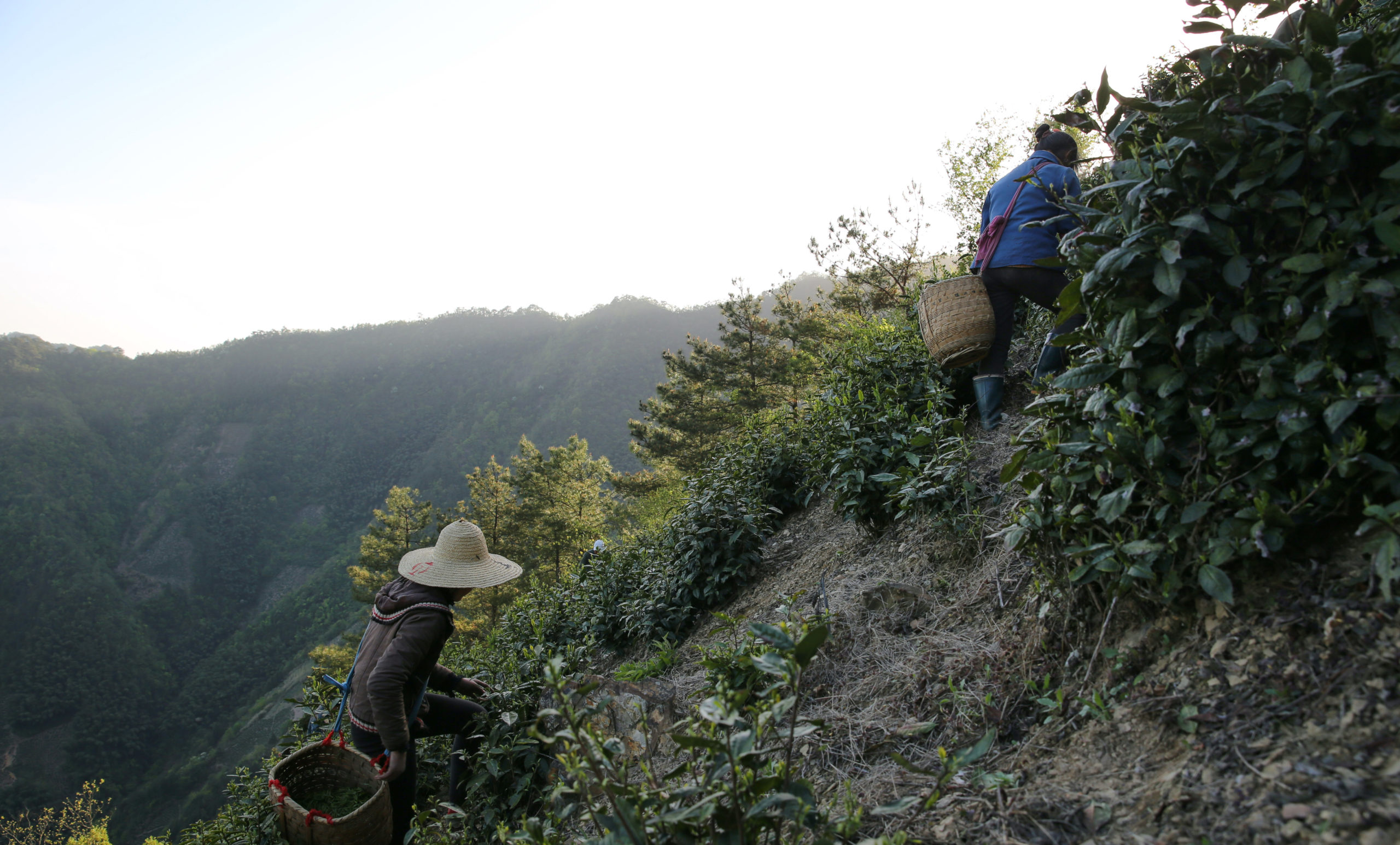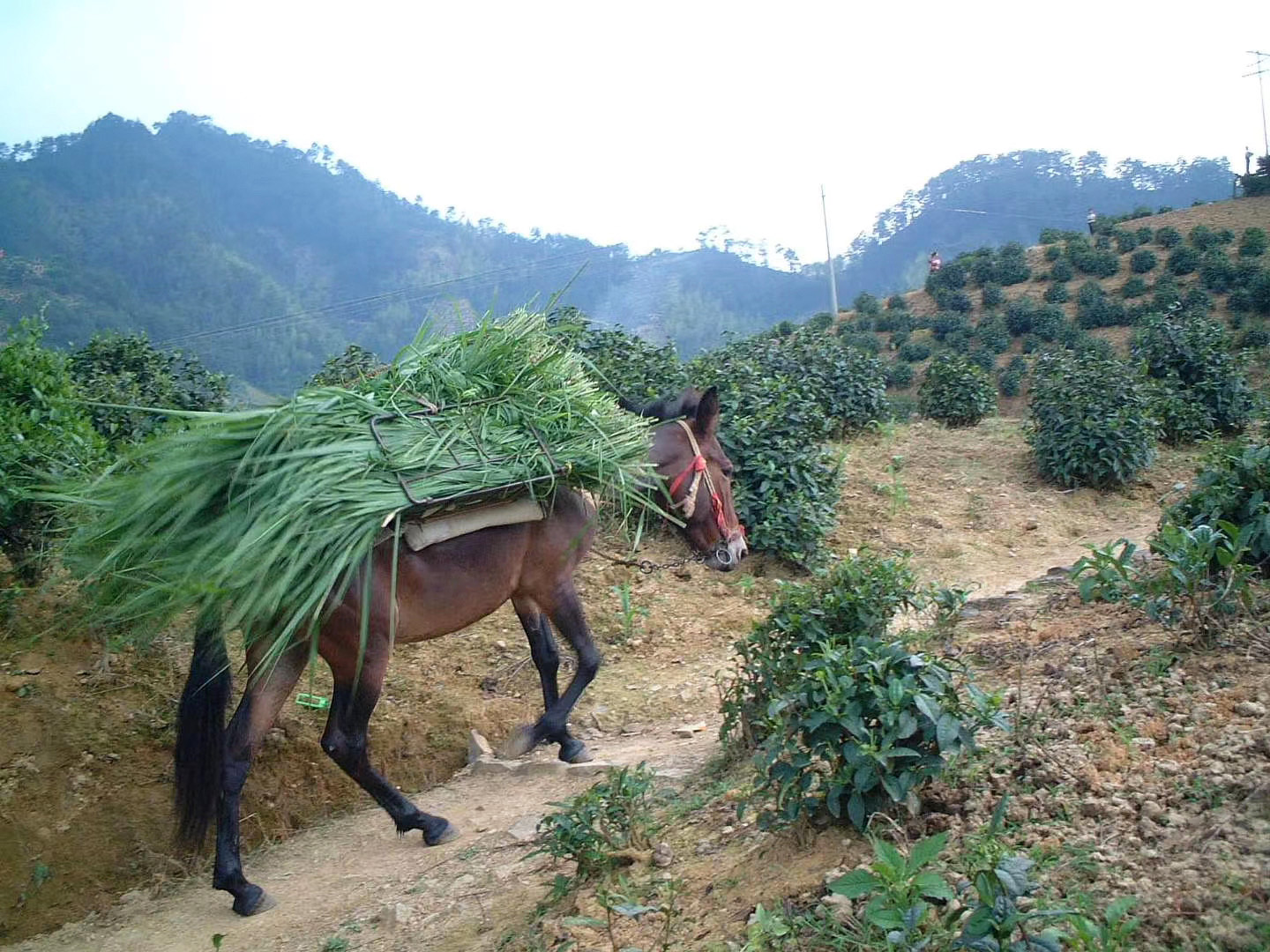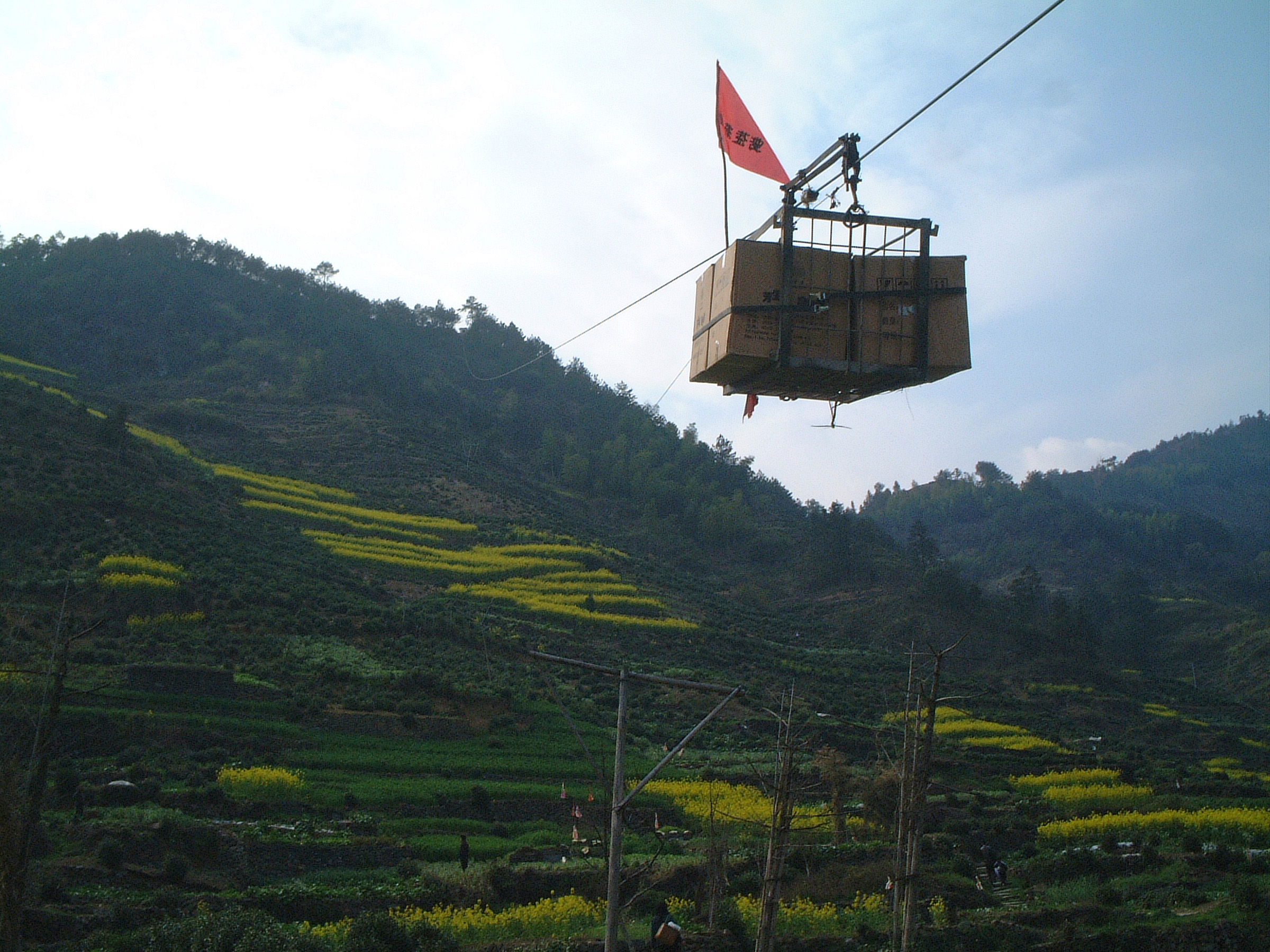Newsletter Archive Jun. 18, 2021

It’s hot. The antidote? A special micro-lot of green tea.
Welcome Mountain Forest Huangshan Maofeng — a green tea born from cold spring mornings and largely untended tea bushes in a remote part of the Huangshan mountain range.
You could say it took generations of tea makers to make this micro-lot of Huangshan Maofeng (which is true — Wang Huizhou’s family have been at it for six generations so far and are working on a seventh) — but it actually took even more than that. To simply pluck this tea’s leaves, it took a whole mountain and a whole community that’s lived there for hundreds of years.
High-end teas depend on skilled workers to pluck it; high-end tea from remote areas doubly so. The pluckers who harvested this micro-lot are natives of Mulinghou Village in She County, the birthplace of Huangshan Maofeng. Theirs is the last village at the end of the road, a road so old it barely fits a single car. Here bright white buildings of the village sit against green mountains — mountains thick with tall pine forest and tea growing in the understory.
Local tea pluckers are a must here. The forested high-altitude gardens require people who not only know how to pluck tea, but are knowledgeable in the woods — people who are strong, savvy and self-reliant.

A plucker’s day starts with a pre-dawn climb up the steep mountainside with peaks reaching 1200 meters in altitude. Pluckers ascend accompanied by dogs for protection and companionship and a mule. Throughout the early morning hours they not only gather tea, but also forage for medicinal herbs and wild edible plants. For locals, the tea crop is just part of seasonal forage in the mountains where they carve out their livelihood.

Pluckers will break for lunch on the mountain, as the tea factory is too far away to break there. Food largely comes from their own vegetable gardens, gathered wild plants or meat from animals they’ve raised themselves. What workers can’t grow here or make for themselves is pulled in on a cable line stretching into the valley below – the same cable line that transports the tea harvest down in the spring.
This is no ordinary commercial tea harvest. Before Mr. Wang even has the tea, the leaf has already come on an expedition.

But what does it taste like? Mountain Forest Huangshan Maofeng has a woodsy aroma reminiscent of fresh bamboo and cooking sticky rice. Its infusion is sweet, crisp and hydrating. The influence of this tea’s exceptional origin and seed-grown heirloom plants are present in the brew, lending character both delicate and complex.
Earlier in the year, we delivered Signature Tea Passport (now The Origin Series) subscribers a small lot from the very first plucking of this tea. Subscribers requested more, so we’ve picked up this micro-lot of the second spring harvest of this tea to share it with you.
If you are lucky enough to have some Zongzi from this week’s Dragon Boat Festival, this tea makes for a good pairing. Zhuping certainly made a lot at home! Check out the video showing her process for making these sticky rice dumplings wrapped in bamboo leaves below.
